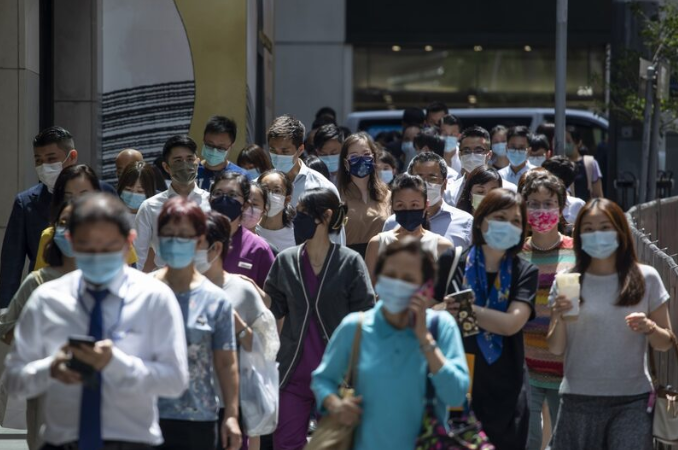Gradual recovery observed amidst fluctuating Covid-19 challenges
Singapore’s unemployment rate dipped to 2.7% in August, down from July’s 2.8%, as reported by the Ministry of Manpower (MOM) on Friday. This improvement followed a temporary uptick linked to tightened Covid-19 measures during the Phase 2 (Heightened Alert) period from July 22 to August 18.
Resident and Citizen Unemployment Trends
Resident unemployment fell to 3.6% in August from 3.7% in July, while citizen unemployment decreased to 3.8% from 3.9%. This translates to 84,400 unemployed residents, including 75,800 citizens.
Recovery Amidst Challenges
Manpower Minister Tan See Leng noted in a Facebook post that the longer-term unemployment trend continues to show recovery. However, he cautioned that recovery remains uneven across sectors, particularly those heavily impacted by Covid-19, such as retail, food and beverage (F&B), and hospitality.
“We do not take this for granted and are closely monitoring the public health situation,” Tan emphasised.
Expert Insights
Selena Ling, OCBC’s chief economist, attributed the brief July uptick to a “knee-jerk reaction” to the Phase 2 (Heightened Alert) measures. She projected a gradual improvement in unemployment rates, though short-term fluctuations could persist due to stabilisation measures and rising Covid-19 cases.
Similarly, Maybank Kim Eng senior economist Chua Hak Bin noted that while the labour market is poised for recovery, ongoing restrictions and tapering support measures may introduce volatility. He highlighted that some sectors, such as technology and healthcare, are poised to absorb displaced workers, though mismatches in job skills could lead to temporary spikes in unemployment.
Looking Ahead
Singapore is navigating its most severe Covid-19 wave yet, with daily new cases surpassing 3,000 for the first time since the pandemic began. Despite these challenges, the overall unemployment trajectory is expected to improve gradually as businesses adapt and sectors adjust to the evolving pandemic landscape.








